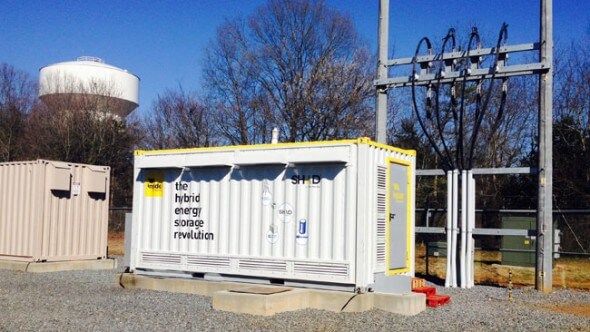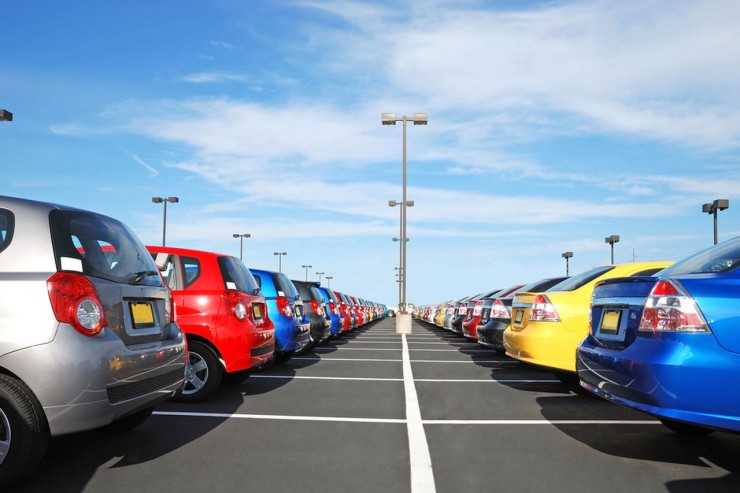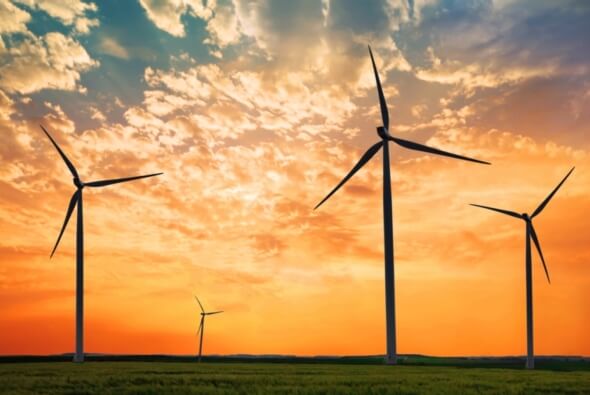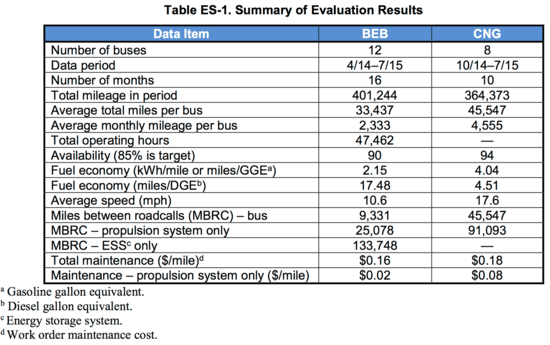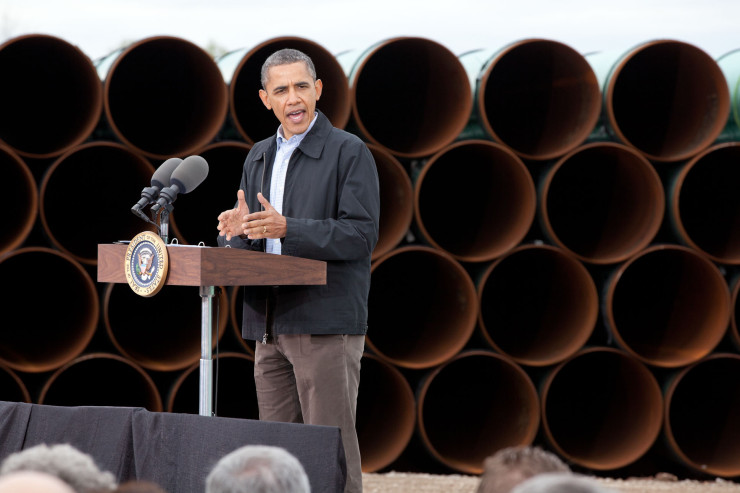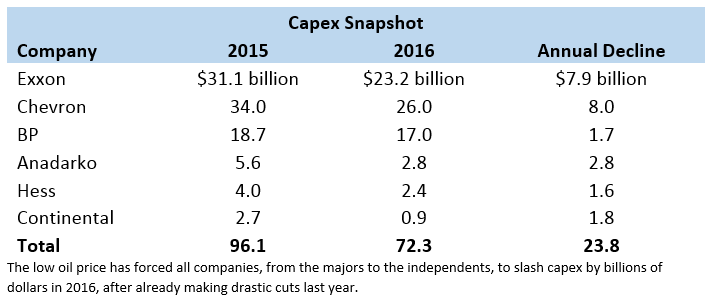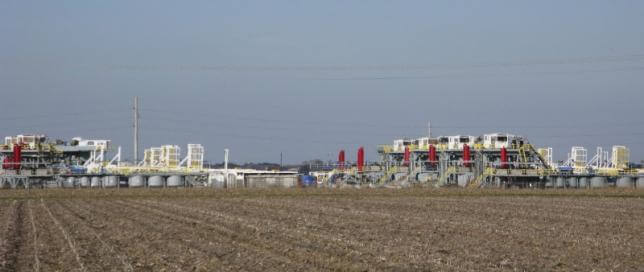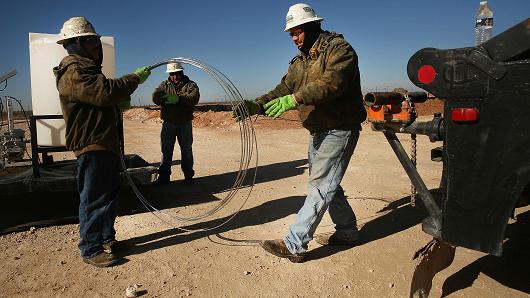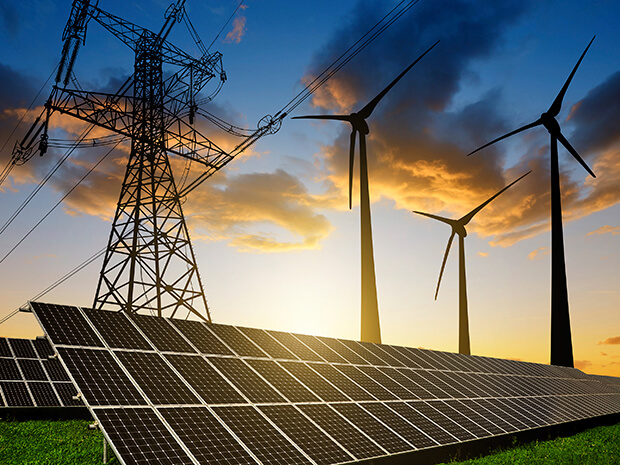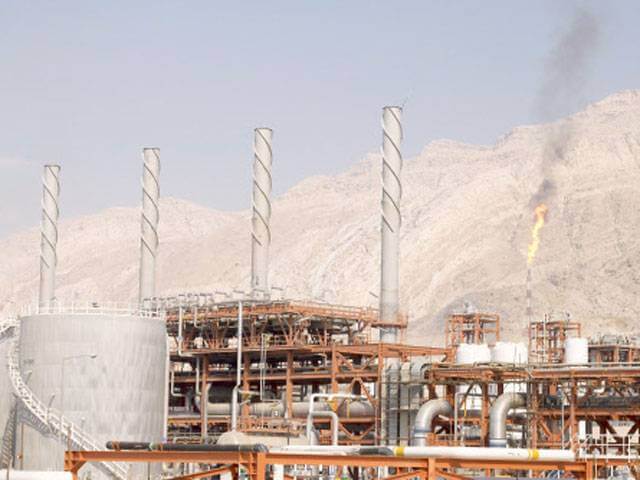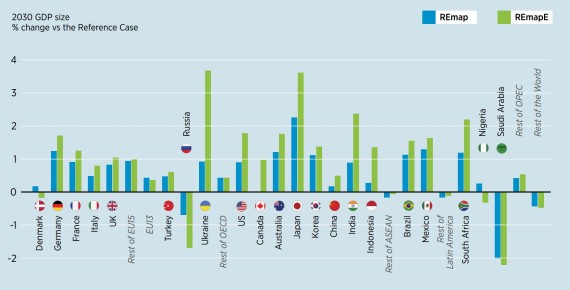(Solar Industry) As the New England Patriots and Atlanta Falcons battle it out on the field this Sunday, renewable energy will power Super Bowl LI. NRG Energy Inc. and subsidiary Reliant, a retail electricity provider in Texas, have teamed up with the National Football League (NFL) to provide 100% Green-e certified renewable energy to NRG Stadium, site of Super Bowl LI, and the George R. Brown Convention Center, location of the NFL Experience and other NFL celebrations in Houston.
Recommended links
- Non Gamstop Casinos UK
- Casinos Not On Gamstop
- казино с быстрым выводом и без верификации
- Migliori Casino Non Aams
- Casinos Not On Gamstop
- Non Gamstop Casino
- Casino Not On Gamstop
- UK Online Casinos Not On Gamstop
- Non Gamstop Casinos
- Casino Non Aams Italia
- Best Online Casino UK
- Casino Sites Not On Gamstop
- Best Non Gamstop Casinos
- Casino Sites Not On Gamstop
- Casino Sites Not On Gamstop
- オンラインカジノ
- Non Gamstop Casino UK
- Casino Non Aams
- Meilleur Casino En Ligne Fiable
- Non Gamstop Casinos
- Casino Not On Gamstop
- Brand New Casinos Not On Gamstop
- Lista Casino Online Non Aams









